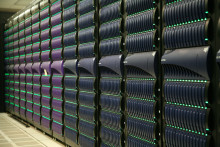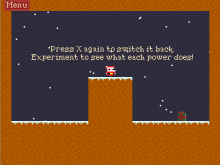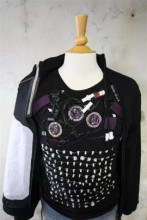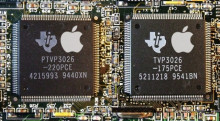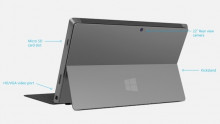Where do old supercomputers go to die?
Moore's Law puts supercomputers out to pasture because power – not just the cost of electricity, but the availability of juice – is the biggest constraint at the big supercomputing centers. And sometimes the lack of budget helps lock the gate, and HPC cloud computing butchers the cow.
That's the case with the massive 28-rack supercomputer at the University of New Mexico nicknamed "Encanto," which was supposed to be a foundation for high-tech investment and research in the Southwest state with the motto "Land of Enchantment."














































